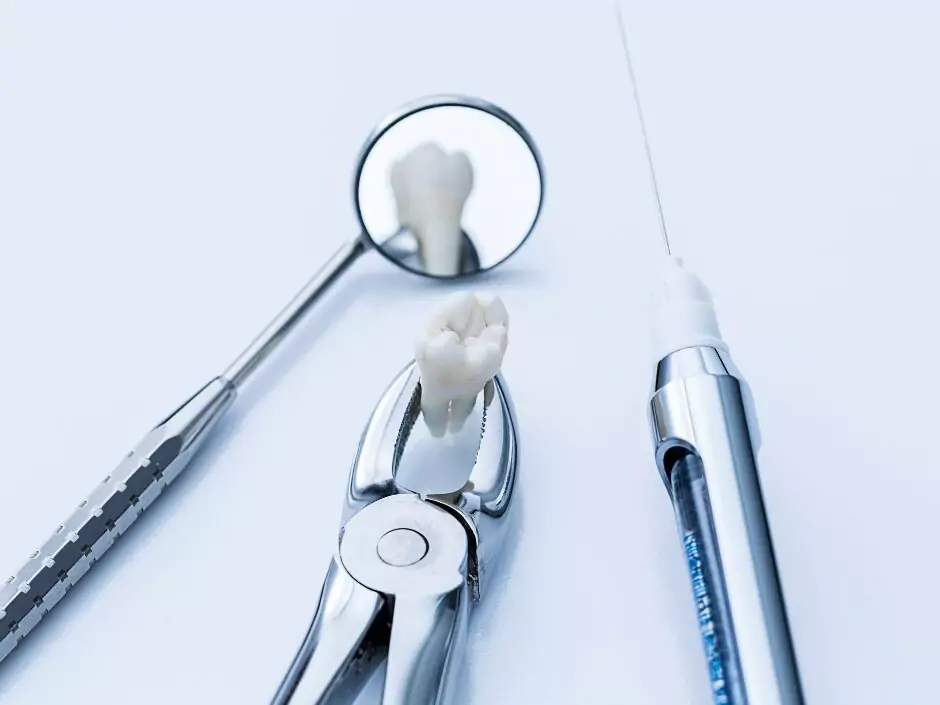Surgical approaches are required for the dental treatments of some problems in the teeth and the supporting tissues.
These problems mostly consist of wisdom teeth, cystic formations in the jawbones, and impacted teeth with an eruption abnormality. Placing dental implants for rehabilitation of patients with missing teeth also constitutes an important part of surgical treatments.
-Surgical Extraction of Wisdom Teeth
Wisdom teeth are the teeth located at the end of the dental arches in both the lower and upper jaws,
and since they are the last teeth to erupt,
this group is the most likely to become impacted. Even if they become visible in the mouth, as they are poorly positioned and in a hard-to-reach area, they easily develop caries due to inadequate brushing and cause bad breath.
Patients receiving orthodontic treatment at our clinic frequently have their wisdom teeth removed during or until the end of treatment, as a routine procedure. Since there is a high risk of disrupting the aesthetic and functional gains obtained with orthodontic treatment, it is also orthodontically important to extract these teeth.
Wisdom teeth may be entirely impacted (completely hidden under the gingiva and jawbone and invisible in the mouth), or they may simply be semi-impacted. In this instance, they lead to food accumulation where they erupt from the gingiva, causing discomfort with symptoms including infection, swelling, redness, swelling of the lymph nodes, ear, and neck pain, restricted mouth opening and pain while swallowing. Due to the pressure that wisdom teeth put on adjacent molars, these teeth may develop issues including caries and root defects.
In our clinic, the extraction of wisdom teeth is performed by a maxillofacial surgeon under local anesthesia following a detailed X-ray examination. A maxillofacial surgeon receives 4 years of specialty training in addition to 5 years of basic dentistry education in our country.
-Cyst Surgeries
The type of cysts detected in the jawbones are usually odontogenic (tooth-induced) cysts.
These
pathological formations may manifest symptoms like pain or swelling, or they may grow rapidly and
obstruct surrounding anatomical structures like the sinuses and nasal cavity.
Tooth-induced cystic formations can be easily treated under local anesthesia when diagnosed early, however, it is important to make sure that these cysts connected with the roots of the teeth are thoroughly removed. General anesthesia is usually applied in the removal of cysts that are detected to be very large.
For the removal of cystic formations, surgical approaches are unavoidable, and following the surgical intervention, periodic controls at intervals decided by the maxillofacial surgeon are crucial.
-Impacted Teeth
For a range of reasons, teeth may not be able to be placed where they should be in the mouth and
instead remain impacted in the jawbone.
The most commonly impacted teeth are wisdom teeth,
upper canines, and lower premolars. Impacted canines and premolars which can not be erupted by
orthodontic treatment are extracted by performing a surgical procedure.
In particular, impacted canines are moved into the dental arches where they should be in the ideal position aesthetically and functionally, with the orthodontic treatment we apply in our clinic.
For this application performed with the help of orthodontic biomechanics, it is of great importance to make a detailed 3D evaluation of the impacted tooth.


